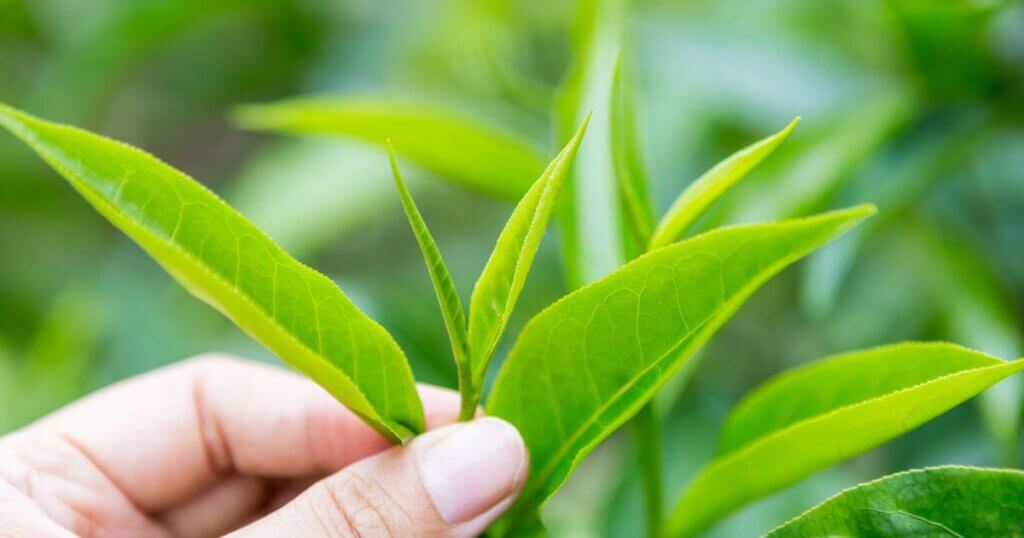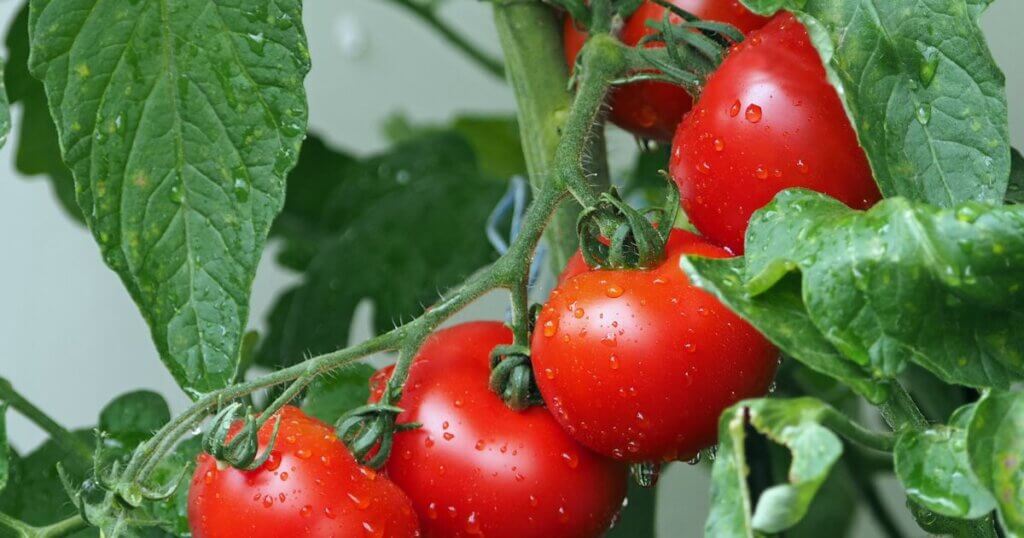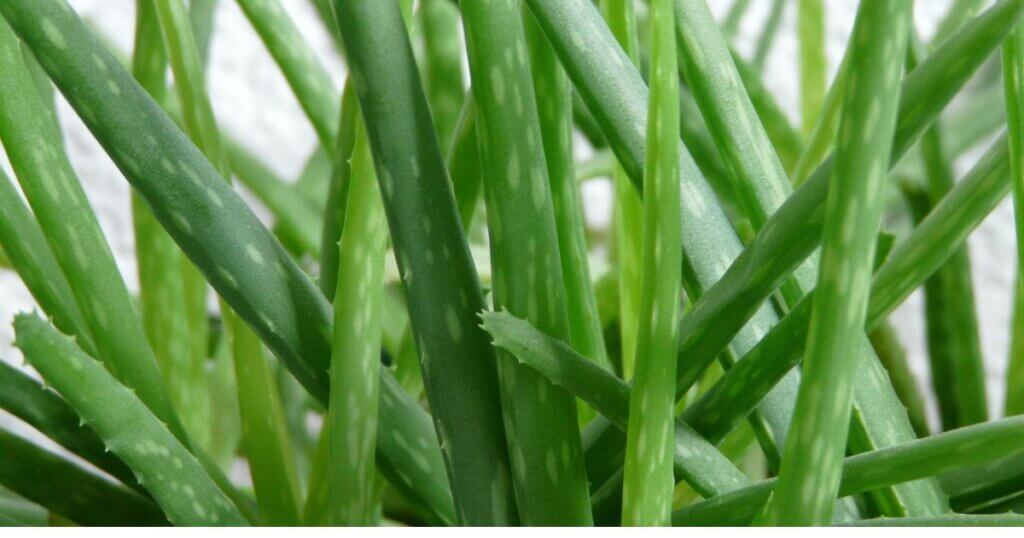Unlock the Power: How to Grow Green Tea Indoors Successfully

Some of the links in this post are affiliate links. As an Amazon Associate, we earn a referral fee from qualifying purchases—at no extra cost to you.
Table of Contents
Imagine having a fresh supply of home-grown green tea ready for brewing anytime. Growing green tea indoors offers a unique and rewarding experience, providing health benefits and the satisfaction of cultivating your plants. This guide will explore how to grow green tea indoors and unlock the secrets to a thriving indoor tea garden.
Choosing the Right Green Tea Variety
Selecting the right variety of green tea is crucial for indoor cultivation. Camellia sinensis, the plant from which all tea is derived, is the best choice for growing green tea indoors. It is adaptable and can thrive in indoor environments with the proper care.
Camellia sinensis, the plant used to make green tea, is well-suited for indoor growing. It can be pruned to fit smaller spaces and is known for its adaptability. Japanese varieties like Gyokuro and Sencha and Chinese varieties such as Longjing and Bi Luo Chun can all thrive indoors with proper care and light, offering delicate flavors and health benefits.
Start your tea-growing journey with the Camellia sinensis Tea Plant, the source of all true green teas. This variety adapts well to indoor conditions and can be pruned to fit smaller spaces—perfect for a compact indoor garden.
Preparing for Indoor Cultivation
Creating the right environment is key to growing green tea indoors, starting with a location that offers bright, indirect sunlight, like a south-facing window. Green tea plants need at least six hours of indirect light daily, and if natural light is lacking, supplement with grow lights. Maintain temperatures between 60-85°F (15-29°C) and moderate humidity, while ensuring good air circulation to prevent mold. Choose a pot with good drainage and use a well-draining mix of potting soil, sand, and perlite, aiming for a slightly acidic pH of 5.5-6.5, repotting every 2-3 years for optimal growth.
The GE BR30 Full Spectrum LED Grow Light Bulb mimics natural sunlight, essential for promoting healthy photosynthesis when sunlight is limited indoors. It fits into a standard light socket, making setup easy and effective.
With the 4-in-1 LCD Digital Soil Tester, users can monitor pH, soil moisture, temperature, and sunlight levels, all of which are critical to green tea plant health.
Step-by-Step Planting Guide
- Fill the pot with your well-draining soil mix.
- Plant the green tea seedling at the same depth it was in its nursery pot.
- Gently firm the soil around the plant and water it thoroughly.
Advanced tips for growing roses indoors
Spring is the best time to plant green tea, though it can be started indoors year-round with proper care. Water the plant deeply but infrequently, allowing the soil to dry slightly between waterings to avoid root rot. Regular maintenance, such as pruning for shape and new growth and using balanced fertilizer during the growing season, helps keep the plant healthy. Monitor for pests like spider mites and aphids, and propagate new plants to expand your indoor tea garden.
Keep your green tea plant in top shape with ELEGANCE Pruning Shears, built for precision cutting and daily maintenance. Their ergonomic grip makes regular pruning easier and safer.
Propagation Techniques: Cuttings and Seeds
Propagation is most effective using healthy, non-flowering cuttings, kept moist in a warm, bright location, where roots develop in a few weeks. Harvest green tea leaves when young and tender by picking the top two leaves and a bud, then dry them in a cool, dark place and store them in airtight containers. To brew, use fresh, filtered water and steep the leaves for 1-2 minutes at 175°F (80°C) for the best flavor. Mix your home-grown green tea with herbs like mint or jasmine, or incorporate it into cooking for unique recipes like desserts and smoothies.
Experimenting with Green Tea Blends
Experiment with blending your green tea with herbs or flavors like mint, jasmine, or lemon to create unique combinations. You can also incorporate green tea into cooking by using it in desserts, marinades, or smoothies. Its distinct flavor enhances a variety of dishes. Get creative with green tea to add depth to both drinks and food.
Store your fresh leaves or blends in the Silver Airtight Aluminum Tea Canister to preserve flavor and aroma. Its sealable lid helps retain the potency of your DIY blends.
Common Challenges and Solutions
To keep your green tea plant healthy, address common issues like insufficient light, overwatering, and pests. If it’s not getting enough light, move it to a brighter location or add grow lights. Ensure good drainage and let the soil dry slightly between waterings to prevent root rot. Regularly check for pests and treat any infestations promptly to maintain the plant’s health.
Benefits of Indoor Green Tea
Growing green tea indoors offers multiple benefits, from improving health to enhancing your home’s atmosphere. Rich in antioxidants, green tea promotes brain function, weight loss, and overall wellness. In addition, the plants themselves bring beauty, fragrance, and a calming ambiance to your living space. Growing green tea also fosters sustainability and self-sufficiency, reducing reliance on store-bought tea, while offering opportunities for creative projects, such as DIY green tea face masks or homemade green tea-scented candles to enjoy natural skincare and a relaxing atmosphere.
Creating a Mini Indoor Green Tea Garden
Combining multiple green tea plants in a large pot or window box can create a charming and functional indoor tea garden. This arrangement allows you to grow several varieties of green tea together, offering a variety of flavors and aromas right at home. The plants will thrive close as long as they receive ample sunlight, adequate drainage, and proper spacing for growth. A mini indoor tea garden also adds a lush, green aesthetic to your space, transforming it into a peaceful, nature-filled retreat.
Conclusion
Growing green tea indoors can be a rewarding and enjoyable experience, especially for those who appreciate the calming ritual of tea preparation. By providing the plant with the proper conditions, such as bright, indirect sunlight, well-draining soil, and consistent moisture, you can cultivate a healthy tea plant right at home. Caring for a green tea plant not only improves indoor air quality but also offers the satisfaction of harvesting fresh leaves for your brews. With patience and dedication, growing green tea indoors can become a year-round source of relaxation, enhancing both the aesthetics of your living space and your overall well-being.
FAQs – How To Grow Green Tea Indoors
1. Can I grow green tea indoors year-round?
Yes, with proper care, you can grow green tea indoors at any time of the year, although spring is the ideal season for planting.
2. What kind of light does a green tea plant need?
Green tea plants require bright, indirect sunlight for at least 6 hours a day. If natural light is insufficient, consider using grow lights.
3. How often should I water my green tea plant?
Water deeply but infrequently, allowing the soil to dry out slightly between waterings to avoid root rot.
4. How can I propagate my green tea plant?
The most effective method is taking cuttings from healthy, non-flowering stems, keeping them moist and in a warm, bright location until roots develop.
5. When is the best time to harvest green tea leaves?
Harvest young, tender leaves by picking the top two leaves and a bud for the best flavor. This should be done in the growing season when the leaves are fresh.
Other useful sites related to How to grow green tea indoors
- 10 Steps to Grow Your Own Tea Indoors: A Beginner’s Guide – Growing Teas
- Grow Your Own Tea Indoors: 12 Steps to a Cup of Homegrown Bliss – Growing Teas
- How to Grow Green Tea at Home: 11 Essential Tips for a Flavorful Harvest – Growing Teas
- 10 Evidence-Based Benefits of Green Tea – Healthline
- 16 Types of Green Tea (With Photos!) – Brew Buch
Some Interesting Growing Gree Tea Videos









